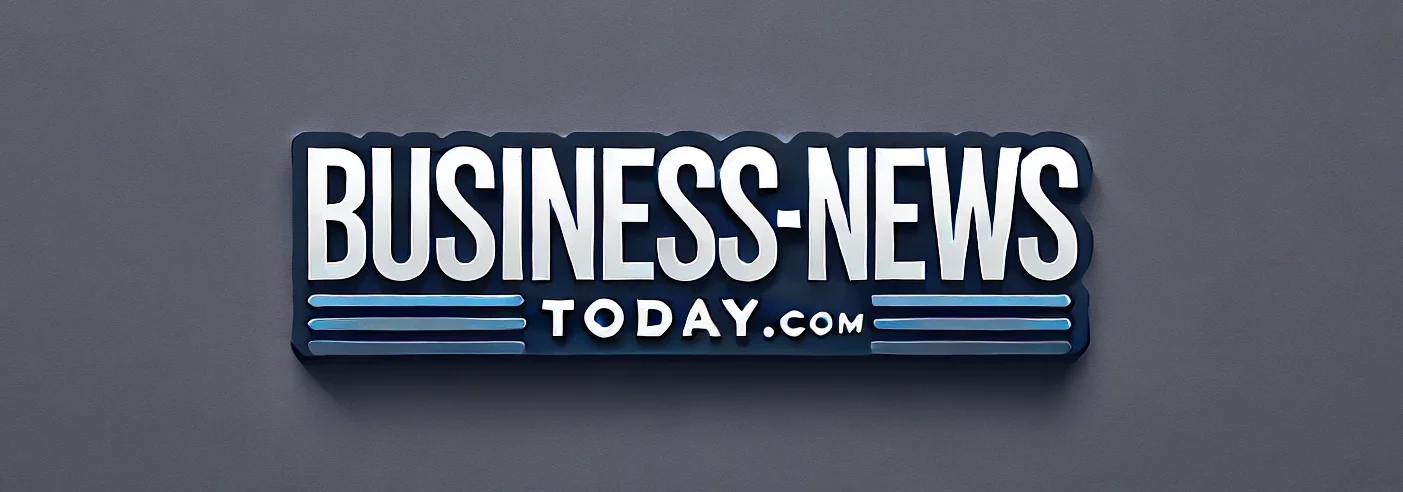Shocking Intel shake-up: CEO Pat Gelsinger retires, dual leaders step in
Intel Corporation has announced the retirement of Chief Executive Officer Pat Gelsinger, marking the end of a distinguished 40-year tenure with the company. Effective December 1, 2024, Gelsinger has also stepped down from his position on the board of directors. This major Intel leadership transition has placed the company under the interim leadership of David Zinsner and Michelle Johnston Holthaus, who will guide the company while the board searches for a permanent replacement.
Major leadership changes at Intel
The Intel CEO retirement marks a pivotal moment for the company. Gelsinger, a highly respected figure in the semiconductor industry, returned to Intel in 2021 during a challenging period. Over the past three years, he worked to revitalize Intel manufacturing capabilities and drive innovation, but his departure highlights ongoing semiconductor industry challenges, including stiff competition and delayed advancements in AI chip technology.
David Zinsner, who currently serves as Intel’s Chief Financial Officer, brings over 25 years of experience in financial and operational roles within the semiconductor industry. Meanwhile, Michelle Johnston Holthaus, recently named CEO of Intel Products, will oversee the Client Computing Group, Data Center and AI Group, and Network and Edge Group. Together, they aim to enhance Intel product leadership and maintain focus on innovation during this critical transition.
Board signals confidence in interim leadership
Frank Yeary, independent chair of Intel’s board of directors, will step into a more active role as interim executive chair. He acknowledged Gelsinger’s invaluable contributions during a pivotal time, stating that Intel has made strides in addressing its semiconductor industry challenges while reestablishing its global reputation. Yeary emphasized that the company’s focus on Intel product leadership and manufacturing excellence remains at the core of its strategic goals.
The board is particularly focused on delivering value for stakeholders and ensuring the Intel leadership transition runs smoothly. Holthaus’s elevation to CEO of Intel Products aligns with the company’s broader strategy of keeping product development central to its operations, while Zinsner’s financial acumen is expected to help optimize Intel manufacturing capabilities.
Reflecting on Gelsinger’s legacy
Gelsinger, who joined Intel in 1979, described his departure as bittersweet. Reflecting on his semiconductor industry contributions, he stated that leading Intel was the “honour of a lifetime” and expressed pride in the company’s transformation under his leadership. Gelsinger’s legacy includes his pivotal role in advancing Intel manufacturing capabilities and solidifying its position in the global semiconductor market dynamics.
During his tenure, Gelsinger spearheaded investments in domestic manufacturing facilities in Arizona and Ohio, aiming to make Intel more competitive in the semiconductor industry challenges posed by rivals like Nvidia and AMD. However, these efforts coincided with broader market difficulties, including workforce reductions and financial pressures.
Despite these obstacles, Gelsinger’s influence on Intel product leadership remains evident. His emphasis on innovation and efficiency laid the groundwork for Intel’s future, though he acknowledged that the company faces “tough decisions” ahead.
Intel’s path forward
With the Intel CEO retirement creating a leadership gap, the company has formed a search committee to find a permanent successor. Meanwhile, Zinsner and Holthaus have outlined their priorities: advancing Intel manufacturing capabilities, streamlining operations, and maximizing returns on Intel’s foundry investments. These goals align with the board’s vision to address key semiconductor industry challenges while maintaining operational agility.
Industry analysts believe Intel must remain focused on strengthening its position in the semiconductor market dynamics and improving profitability. Zinsner and Holthaus are expected to double down on these objectives as they guide the company through its interim phase.
Intel’s outlook amidst market volatility
The announcement of Gelsinger’s retirement has created ripples in the financial markets, reflecting investor uncertainty about the company’s direction. While the Intel leadership transition signals fresh opportunities, the company must deliver results to regain confidence. The focus remains on strengthening Intel product leadership and driving efficiency to counter rising competition in AI chip technology.
As the semiconductor industry challenges evolve, Intel’s leadership team is tasked with navigating a complex environment while maintaining its commitment to innovation. The industry will watch closely as Intel works to reclaim its dominance, driven by a renewed focus on Intel manufacturing capabilities and product innovation.
Discover more from Business-News-Today.com
Subscribe to get the latest posts sent to your email.

